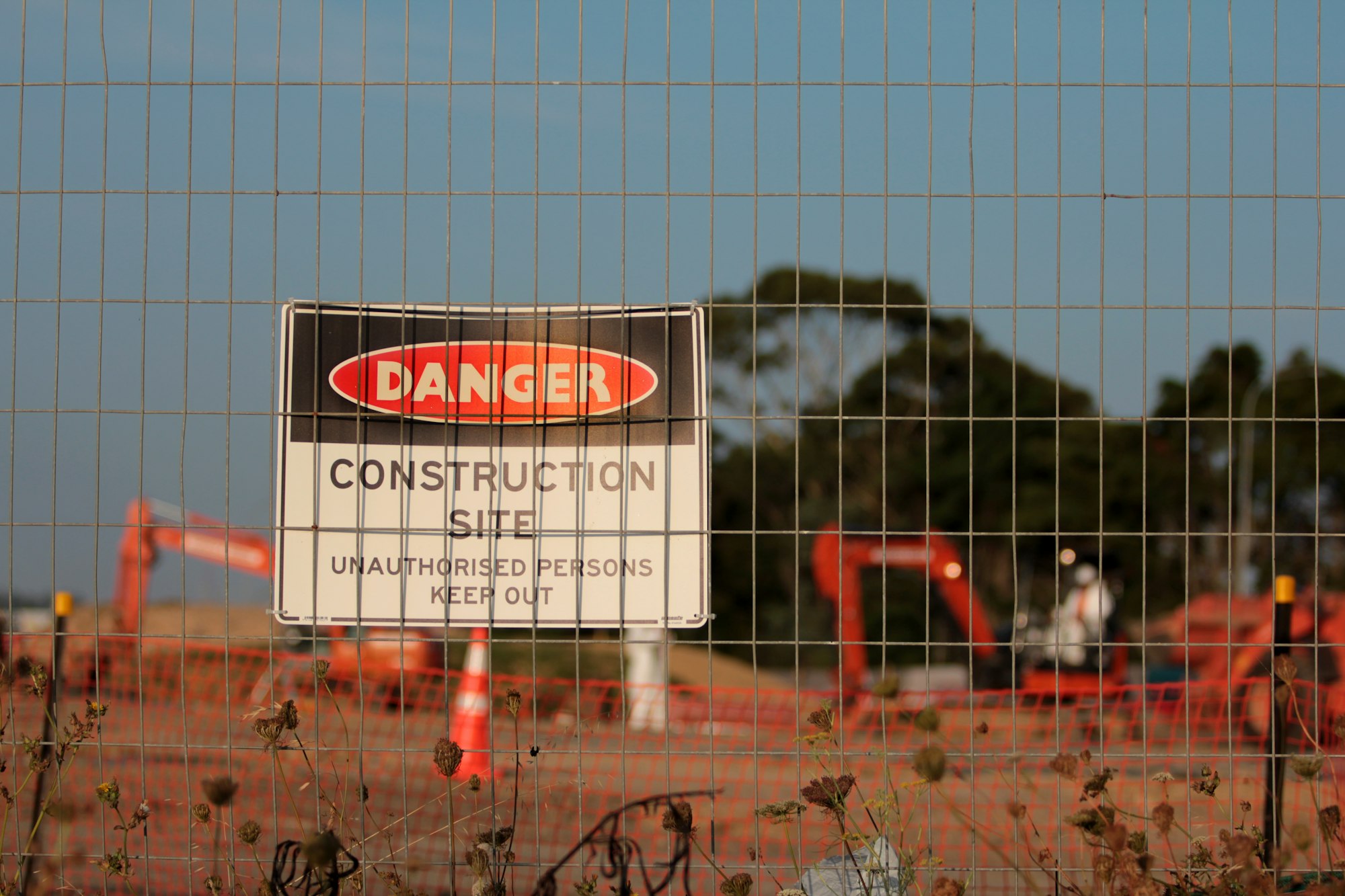Best Eco-friendly building materials

We now know more than ever that we have to act quickly to tackle climate change and maintain the temperature rise as low as possible. Society and all sectors of our civilization must embrace change.
As per the 2019 Global Status Report for Buildings and Construction; “the buildings and construction sector accounted for 36% of final energy use and 39% of energy and process-related carbon dioxide (CO2) emissions in 2018, 11% of which resulted from manufacturing building materials and products such as steel, cement and glass”.
The industry must then change and adopt new ways of designing and building. All materials will have pros and cons, but let’s focus on the positive role that the following materials can play in reaching sustainability goals and reducing emissions.
Rammed Earth
Earth construction technique has been used for centuries, and has withstood the test of time.
Although rammed earth has been eclipsed in the past decades by reinforced concrete, it is coming back thanks to its beautiful aesthetic and benefits for the environment. It is made of damp soil or earth compressed in a formwork into a dense, solid wall (or even floor). It is a very durable material, with good thermal mass capacities and very good acoustic properties. The materials can be sourced locally, the cost is nothing, most of it being the labor, the price depends on the countries. On top of that, it is considered a very healthy material.
There are 2 main kinds of rammed earth ; Raw which is a mix of clay, sand, silt and water, and Stabilized, in which some sort of binder, usually cement, is added to hold it together.
Using no binder is of course the most environmentally friendly solution, as no cement is used and the wall once again becomes earth when dismantled. But even with a stabilized rammed earth solution, the quantity of cement used is much less than with concrete, and all its materials can be sourced locally.
So there is a lot to love about rammed earth. Its beautiful aspects and environmental benefits make it a good choice for the future of construction and buildings.
Hempcrete
Hemp is one of the first ever plants to have been cultivated by human beings. And with a wide variety of uses and products, it has proven very useful for human civilization.
Hempcrete is one of these uses. It is an energy-efficient and water-smart building material with lower carbon impact than other construction materials. Although not the best load-bearing material, Hempcrete is a very efficient insulator, and can handle moisture very well. Coupled with a wood or steel structural frame, Hempcrete can help reduce drastically the building’s carbon footprint when compared to concrete.
On top of that, hempcrete is a vapor-permeable material that can absorb water when it’s raining and expel it later.
Hemp is very quick to grow in almost any part of the world. It takes carbon out of the air while growing and doesn’t need pesticides to be grown. With hemp grown locally, hempcrete has a very low carbon impact and energy cost. Hempcrete blocks are made by mixing hemp, lime binder and water together, and then pressing, aging and packing them with the help of machinery.
There are many advantages of using hempcrete, it has almost no carbon impact, is a good insulator, can be grown anywhere and handles moisture very well. And when grown locally, it can help future buildings reducing drastically their impact on the climate and help the industry to reach its 0 net carbon target.
Mycelium
A mushroom turned into a construction material of the future?
Mycelium is the root structure of mushrooms, and is already being used as a textile, an alternative to plastic for packaging, or even food.
This natural unicellular organism is the root structure of mushrooms and can be grown around a natural material, such as ground-up straw or any agricultural waste, in molds or forms. It is then air-dried to create a lightweight product of any shape or form, such as the Hi-Fy, made by the workshop, The living, in New York, or Growing Pavillon made by Company New Heroes.
Mycelium materials can withstand extreme temperatures and are very light weighted. And although they are not as strong as concrete in compression, they could be used widely as insulation, internal non bearing wall or to create bricks and uniquely-shaped building segments.
This mushroom based material is a great organic and compostable material that would be a great alternative to conventional construction material in helping build a non polluting industry.
Bottom Line
Tackling climate change will require current methods of construction to be transformed into more sustainable, climate neutral and innovative ways.
Our future construction materials need to be greener, more local, more efficient and reusable.
Rammed earth, Hempcrete or Mycelium are part of these new solutions to build our buildings and cities. And as more and more people flock into urban areas, more and more sustainable materials will have to be used to develop our future cities.
